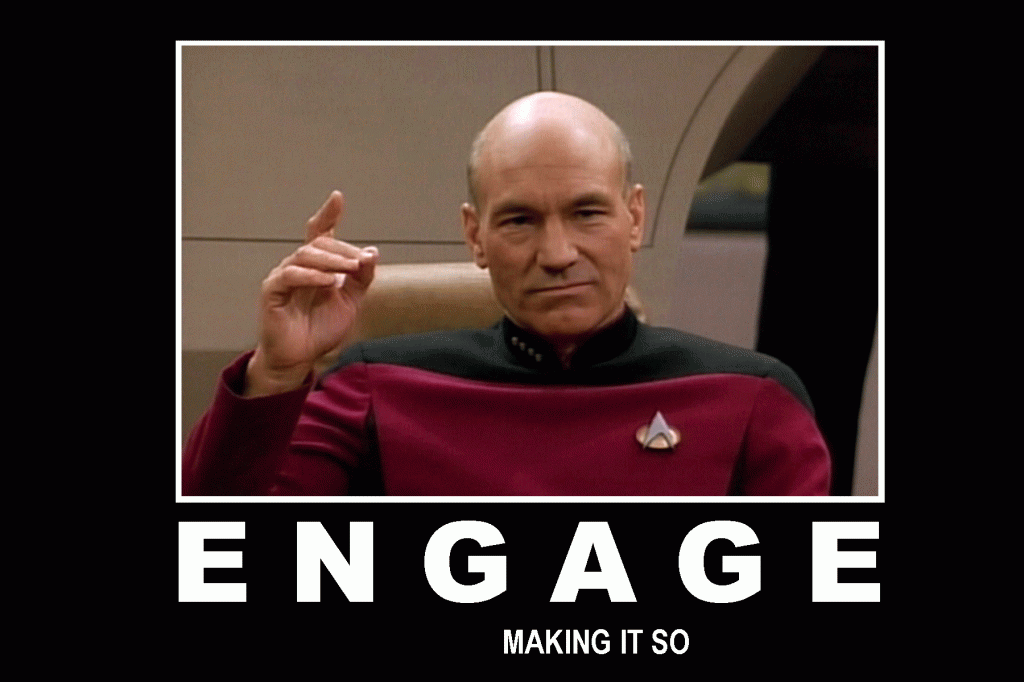One of the questions I get asked all the time is,
“What if people just don’t want to play your game? How do you engage them?”.
The answer comes in two parts, both as important as each other. One you may not like, but you have to accept it!
The first is, make sure you have designed the system properly. If you have just added some badges and a leaderboard, then you are going to engage a very small number of people for any length of time. Consider looking at the User Types and design more to support them. People often say that people don’t engage with gamification because gamification is bad. The truth is that many gamification designers are bad – and so they create bad gamification. This is true of any industry and especially new technology, just think how wrong most companies got social media at the beginning!
Now for the more difficult to hear and unpopular bit of this answer. Most gamification only increases engagement by a few percent. There are lots of examples that quote massive increases – and it is true that this is more than possible. But, generally speaking you will never reach everyone – and that is just fine! There will always be at least 20% of people who just will not engage. They will either be totally apathetic to it, or actually very against it (these ones fall into the disruptors and you need to watch out a little bit with them!).
The point is, that is okay. You can’t make people have fun, engage more or do things they just don’t want to do. Gamification is not magic! What you have to do is design a system that either engages as many people as possible, or that engages the “right” people. By this I mean the ones who will get the most out of your system. The rest you just have to accept – but not upset. You just can’t force people – as much as you may want too – other wise you will end up having the exact opposite effect on them. If they don’t want to be involved, you have not lost anything – concentrate on the ones who do and hope they can evangelise your system enough to get more of the “non believers” involved.
“Some men you just can’t reach”
(a bonus imaginary point if you can tell me the film where that quote comes from in the comments!)
Similar Posts:
- Engagement – What are we talking about?
- The “Less Bad” Lens – Making a Small Difference with Gamification
- Quick Gamification Advice: The 70/30 Rule




Really difficult to get students to engage with game when they are in the previous years before university, they are only thinkig about results and find games a waste of time. I will follow your tips, and let’s see if progressively they forget about marks. Greetings
“Some men you just can’t reach” – was it on “Cool Hand Luke” with Paul Newman?
That’s the one! Which rock band used that clip in a song? 😉
I give up …
Guns and roses in the song Civil War 😉
Andrzej Marczewski
Sent from my mobile device
Thanks for sharing. Good gamification design is tapping to ppl’s intrinsitc motivation
This school year I am actually having the opposite problem. The game is so engaging apparently that the kids are engaging with it more than the class or the content! I still have some kids that are not interested in the game but it is a small minority while the ones that are are have been caught in other classes discussing game strategy, making alliances and sending negotiation e-mails back and forth.
My answer to that is:
First, we are not creating a game. We are creating an affordance to a gameful experiece, where the user decide if they enter a playful mode or not.
Second, it’s not about playing but about behavior change. Amazon, LinkedIn, Frequent Flyer programs etc. are all gamified systems, and the very people asking this question in every single case that I encountered had used those systems. Yes, they had filled out more of their LinkedIn profile than they originally wanted, yes, they keep shopping on Amazon, yes they fly always the same shitty airline because that’s where their miles are… Becoming aware of this was always followed by silence.
Gamification got you already! And if you are not a gamification designer, you normally won’t realize that you are interacting with a gamified design.
Yep, that works as well.